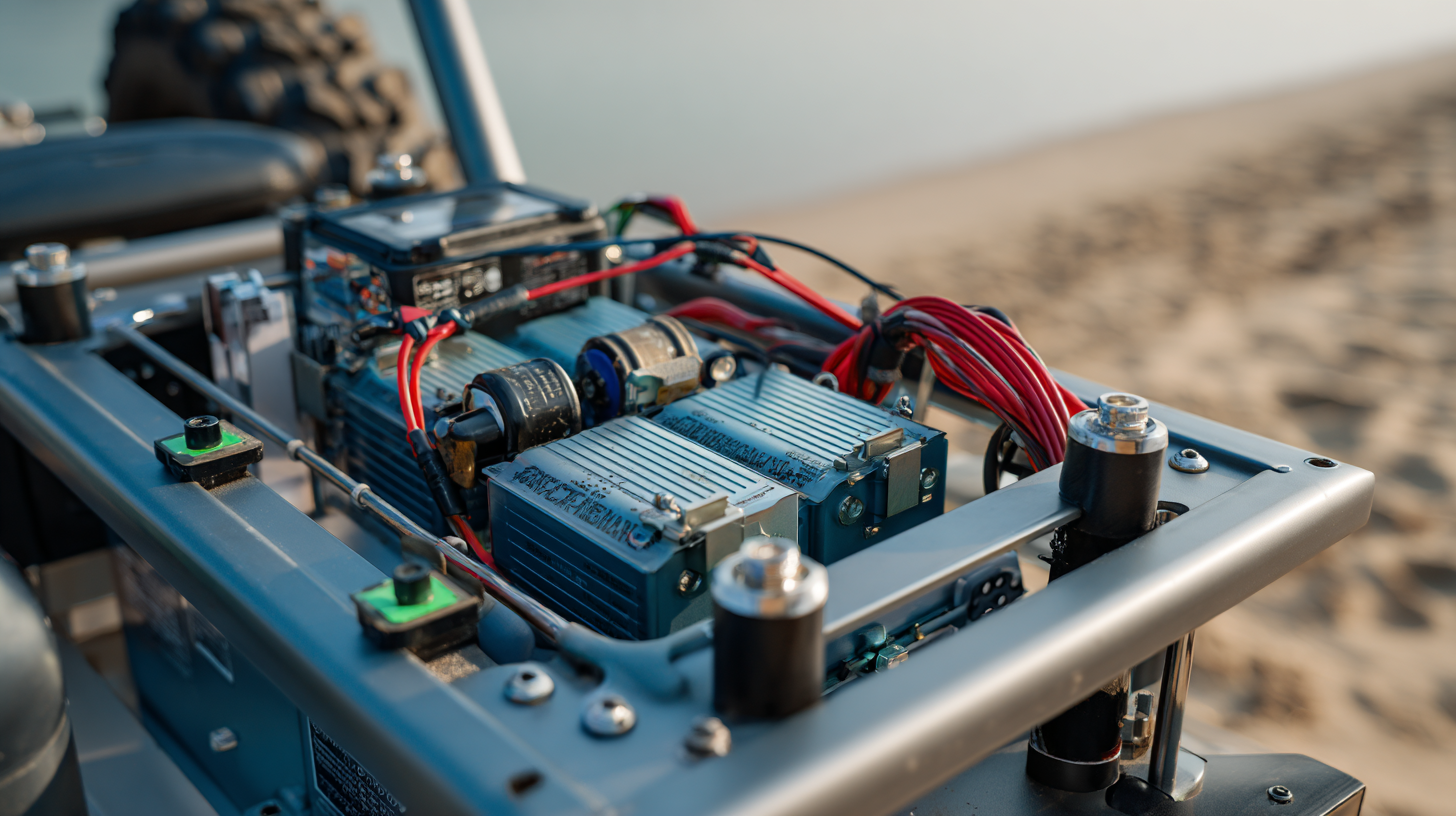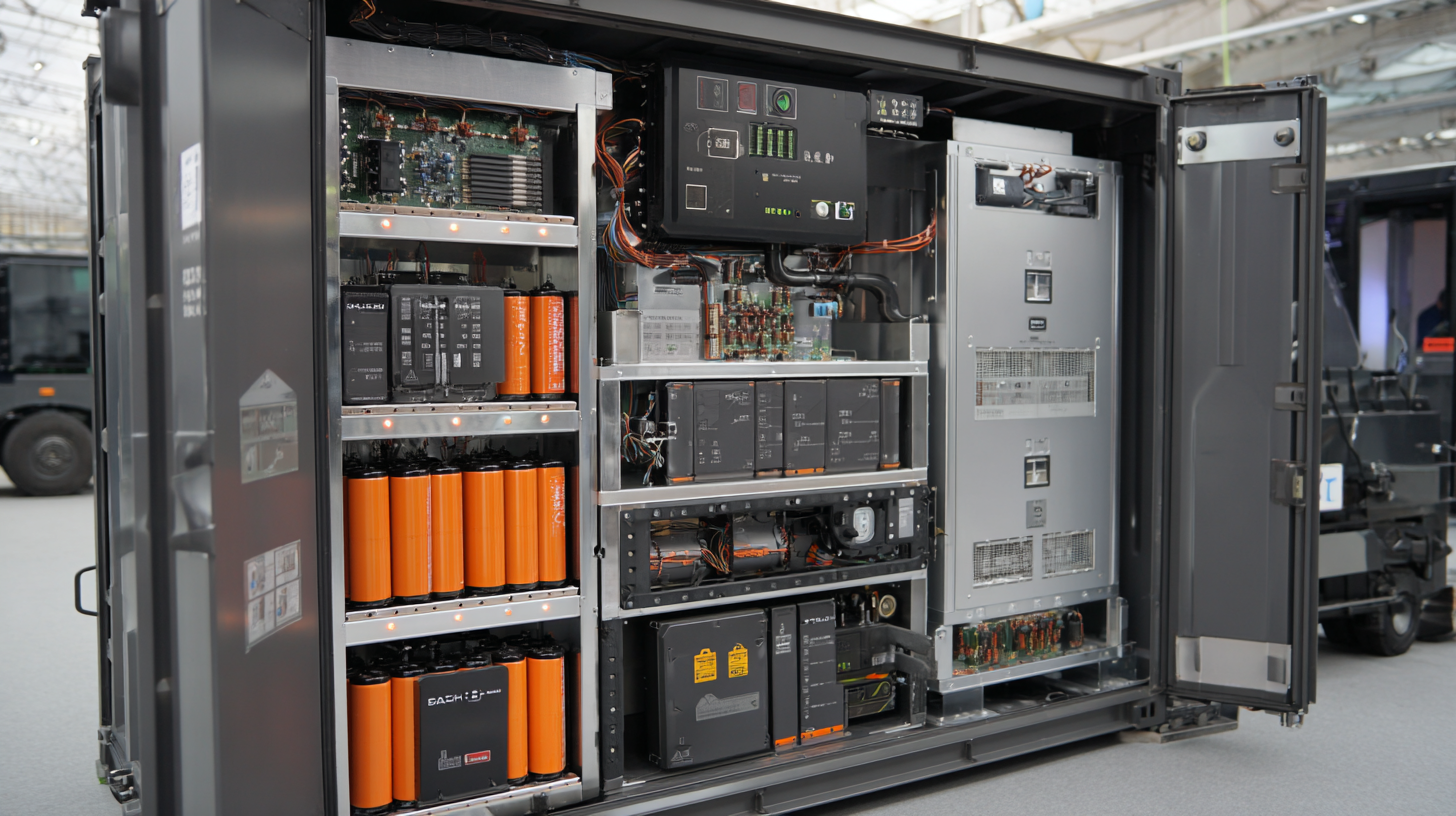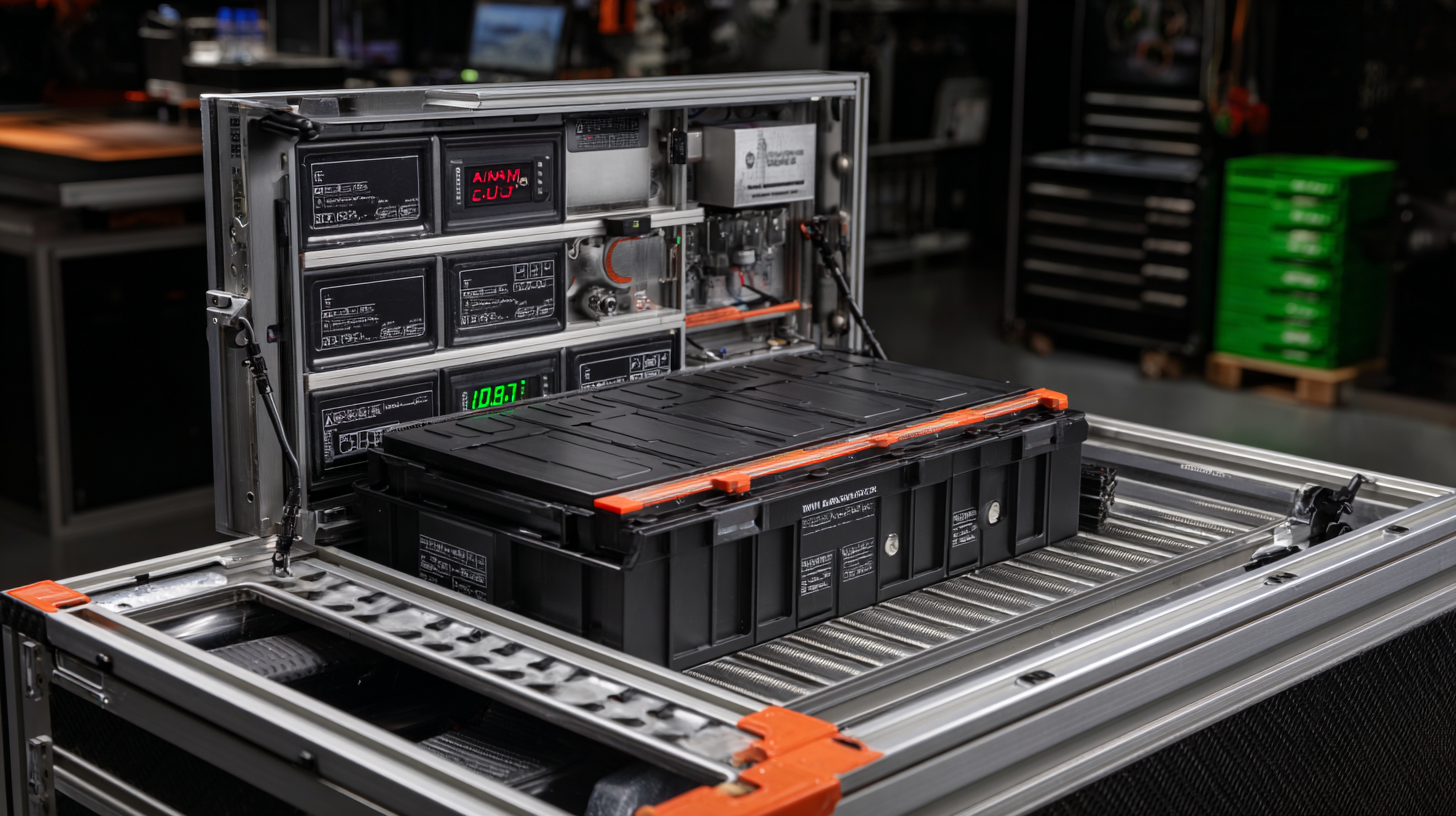
-
Home
-
Company
-
Products
-
News
-
FAQs
-
Blog
-
Contact
-
Phone
-
E-mail
-
Whatsapp
Leave Your Message

In today's fast-paced world, maximizing efficiency is crucial for both residential and industrial applications, and the 48V 160A Lithium LFP battery system stands as a formidable solution. This advanced energy storage technology not only provides a reliable power source but also offers superior performance and longevity compared to traditional batteries. Understanding how to fully leverage the capabilities of the 48V 160A Lithium LFP system can significantly impact energy management and operational costs. This guide will delve into practical strategies to enhance the efficiency of your battery setup, covering essential aspects such as optimal charging practices, load management, and periodic maintenance. By integrating these techniques, users can unlock the full potential of their 48V 160A Lithium LFP battery, ensuring a sustainable and productive energy future.

The 48V 160A lithium LFP (lithium iron phosphate) battery system represents one of the most reliable and efficient energy storage solutions available today. Understanding its mechanics is crucial for businesses looking to optimize their operations. LFP batteries are renowned for their thermal stability and longevity, often boasting a cycle life of over 2000 cycles at 80% depth of discharge, making them an excellent choice for applications requiring consistent and durable power supply. According to a report by the International Energy Agency, the demand for renewable energy storage systems is expected to grow significantly, reaching 1,200 GWh by 2030, which underscores the relevance of systems like the 48V 160A LFP battery.
One of the primary benefits of the 48V 160A configuration is its ability to provide high discharge currents efficiently. This setup is particularly advantageous for high-power applications, such as electric vehicles and commercial energy storage, where quick energy delivery is paramount. Additionally, with a standard efficiency rating of around 95%, LFP systems minimize energy loss during both charging and discharging cycles. A study by BloombergNEF highlights that the integration of advanced battery systems can reduce operating costs by up to 30%, illustrating the financial advantages of implementing a 48V 160A lithium LFP battery system in various industries.
| Specification | Value | Description |
|---|---|---|
| Nominal Voltage | 48V | Standard operating voltage of the battery system. |
| Current Rating | 160A | Maximum current output of the battery system. |
| Capacity | 7680Wh | Total energy capacity of the battery system. |
| Chemistry | LFP (Lithium Iron Phosphate) | Type of lithium battery chemistry used. |
| Cycle Life | 3000-5000 cycles | Number of charge/discharge cycles before significant capacity loss. |
| Temperature Range | -20°C to 60°C | Operating temperature range for optimal performance. |
| Weight | 50-75 kg | Total weight of the battery system. |
| Charging Time | 1-2 hours | Time required to fully charge the battery. |
Lithium Iron Phosphate (LFP) batteries are rapidly gaining attention for their efficiency and sustainability in various applications, especially in electric vehicles (EVs). One of the key benefits of using LFP batteries is their superior thermal stability and longer life cycle compared to other lithium-ion chemistries. Recent environmental impact analyses indicate that LFP systems emit significantly fewer greenhouse gases, making them a favorable choice for green technology initiatives. For instance, LFP batteries can achieve a life span of over 2,500 charge cycles, which translates to better long-term performance and reduced waste.
Moreover, the integration of quarry-sourced phosphates is helping to revolutionize the battery industry. Reports highlight that phosphate enhances energy density and minimizes environmental impact, supporting a more sustainable battery production process. Additionally, advancements in the LFP technology are expected to reduce production costs, further promoting their adoption in the EV market. As the battery market approaches an estimated value of $170 billion by 2025, honing in on efficient solutions like the 48V 160A LFP battery system is essential, aligning economic viability with ecological responsibility. This dual benefit positions LFP batteries as a smart investment for the future of energy storage and utilization.

When installing a 48V 160A Lithium LFP battery system, several best practices can help maximize efficiency and ensure a seamless setup. First and foremost, it's essential to determine the appropriate location for installation, ideally in a cool, dry space to avoid overheating and prolong battery life. Ensure that the area is well-ventilated and free from obstructions, allowing for easy access for maintenance and monitoring. Additionally, verify that all electrical connections are secure and compliant with local codes to prevent any potential hazards.
Moreover, staying informed about rebate opportunities can significantly impact the overall cost of installation. Recent developments in battery rebate rules emphasize the importance of adhering to specific timelines to avoid losing financial benefits. Homeowners should complete their installation before applying for the rebate to ensure compliance with guidelines. Understanding these regulations not only helps in avoiding unnecessary expenses but also enhances the overall financial viability of implementing a battery system. Taking into account these installation practices and financial considerations, users can effectively harness the benefits of their battery systems.
Maintaining optimal performance and longevity of a 48V 160A lithium LFP (Lithium Iron Phosphate) battery system is crucial for maximizing efficiency in various applications, from electric vehicles to renewable energy storage. According to a report by Battery University, LFP batteries typically have a cycle life of over 2000 cycles, significantly higher than traditional lead-acid batteries. To leverage this longevity, proper management strategies should be employed.
**Tips: Implement Regular Calibration**
Calibrating the battery management system (BMS) regularly ensures that the battery operates within safe voltage and temperature ranges, optimizing performance. Misalignment can lead to degraded performance, reducing the overall lifespan of the system.
Temperature management is also essential. Research indicates that maintaining an operational temperature between 20°C and 25°C can reduce electric resistance and enhance charging speed. Storing the battery in a climate-controlled environment protects it from extreme temperatures, which can otherwise lead to capacity loss over time.
**Tips: Adopt Smart Charging Practices**
Utilizing smart charging protocols that limit charging to about 80%-90% of total capacity can enhance battery lifespan, as overcharging leads to thermal runaway. The Department of Energy recommends implementing charging cycles that match the battery's usage patterns to prevent unnecessary wear and extend the overall service life of the battery system.
This chart illustrates the efficiency metrics for the 48V 160A Lithium LFP Battery System under various operating conditions. You can see how temperature and load impact overall performance and longevity.
To maximize efficiency with the 48V 160A Lithium LFP battery system, robust monitoring and troubleshooting mechanisms are essential. Implementing advanced monitoring tools can provide real-time insights into the system's performance and health. These tools track critical parameters such as voltage, current, and temperature, helping engineers identify anomalies before they escalate into major issues. This proactive approach minimizes downtime and prolongs the life of the battery system.

Moreover, integrating automated monitoring solutions enhances reliability. Modern technologies can detect problems up to ten times faster, allowing for swift response actions. By focusing on key application performance metrics, development teams can pinpoint opportunities for improvement, ensuring that the battery system operates at its highest efficiency. Transitioning from mere monitoring to comprehensive observability can reveal underlying patterns and causes of potential failures, equipping teams with the knowledge necessary to maintain a seamless operational flow.





